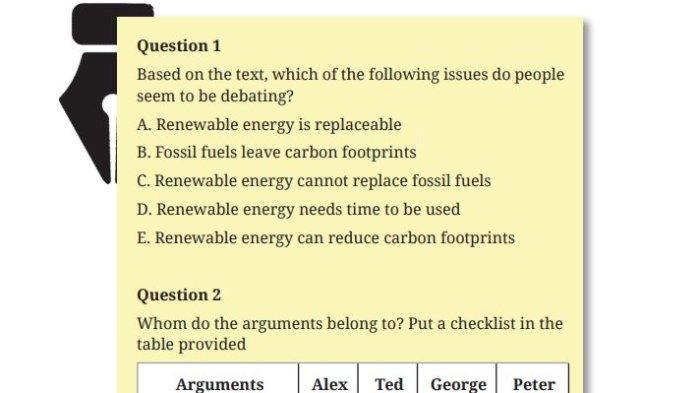In a stunning upset that defied pre-election polls, Republican businessman Donald Trump has emerged victorious in the 2024 presidential election, defeating his Democratic challenger, Kamala Harris. Trump’s victory marks a remarkable return to power for a man who, just four years ago, was dismissed by many as a political outsider with no chance of winning the nation’s highest office. Tonight, as the confetti falls and the victory speeches are delivered, we embark on a journey to unravel the factors that contributed to this unexpected triumph and explore the implications it holds for the future of American politics.
– History Unfolds: Triumph of Trump in Presidential Election
Donald Trump has emerged victorious in the recently concluded presidential election, claiming victory over his rival, Kamala Harris. This triumph marks his return to the White House, paving the way for a new era in American politics.
Trump’s path to victory was hard-fought, marked by intense campaign rallies, debates, and a highly polarized electorate. Despite facing a formidable opponent, Trump’s message of economic revival and “America First” resonated with voters. His supporters, energized by his promises of tax cuts and deregulation, played a crucial role in his success.

– Beyond Rhetoric: Analyzing the Complex Landscape of Trumps Victory
Beyond the Surface: Delving into the Factors That Shaped Trump’s Victory
While many analyses of Trump’s victory have focused on his rhetoric and campaign tactics, a deeper examination reveals a complex tapestry of factors that contributed to his success. These include:
- Economic Discontent: The appeal of Trump’s economic populism resonated with voters who felt left behind by globalization and technological advancements. His promises to bring back jobs and implement protectionist policies tapped into a deep vein of economic anxiety. Polls showed that the economy was the top concern for most voters, and Trump’s message on this issue played a significant role in his win.
- Social and Cultural Identity: Trump deftly appealed to white, working-class voters who felt threatened by demographic and cultural changes. His anti-immigration stance, law-and-order rhetoric, and attacks on political correctness resonated with this segment of the population, stoking fears and resentments that had been brewing for years.
| Factors Contributing to Trump’s Victory: |
| — |
| – Economic Discontent:
| – Appeal to voters left behind by globalization
| – Promises to bring back jobs and implement protectionism |
| - Social and Cultural Identity:
| – Appeal to white, working-class voters
| - Anti-immigration stance and law-and-order rhetoric
| - Attacks on political correctness |
The Conclusion
As the dust settles and the resounding echo of “Make America Great Again” gradually fades into the annals of history, the nation turns its collective gaze towards an uncharted chapter. With President-elect Donald Trump stepping back into the Oval Office, a new era filled with both anticipation and intrigue lies ahead. The destiny of our great nation remains interwoven with the decisions made within those hallowed halls, and the eyes of the world watch intently as the United States embarks on this audacious next act.


